|
Square (or "Reef") Knot

Square Knot. Used for joining ropes of equal
thickness. It is also the knot used for tying bandages, as it lies flat. This knot is also known as a "Reef Knot". The
working end is tied over the standing end, "right over left, left over right."
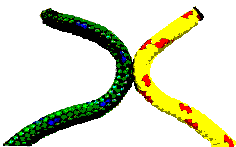
The Sheepshank
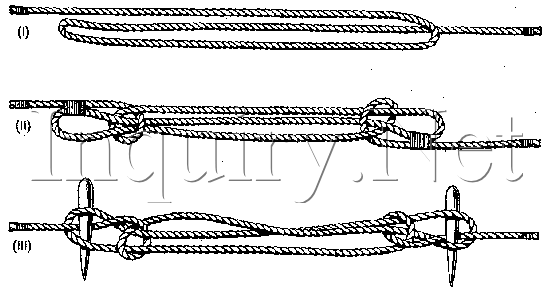
The Sheepshank is used for shortening a rope without cutting it & to bridge the rope.
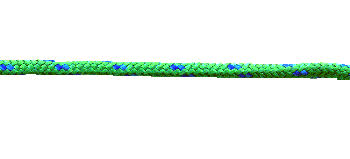
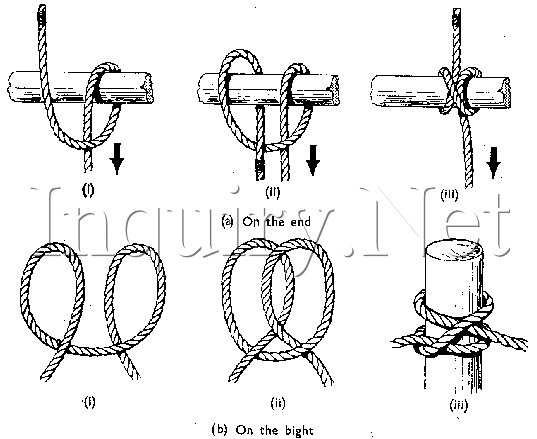
Clove Hitch. Used for securing a rope to a spar as a starter knot for lashings, and for securing a line to a fixed object.
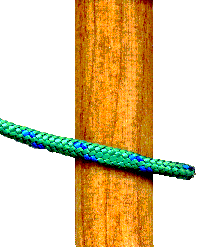
Round Turn & Two Half Hitches

Round Turn and Two Half Hitches. Used for tying a rope to a tree, securing a boat or making a rope fast to a spar.
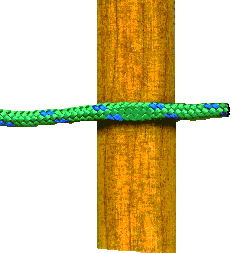
The Bowline
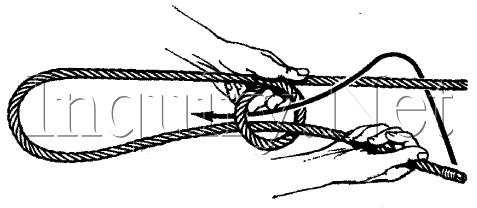
Bowline. One of the most useful knots that you can know how to tie.it is used to make a permanent loop at the end
of t rope It has many other uses such as a rescue knot for hauling people up a cliff. You should practice tying
this knot in the dark, and with only one hand.
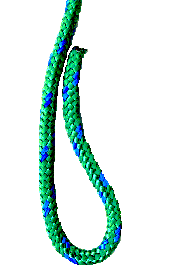
The Timber Hitch
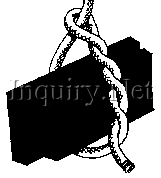
In addition to its use or starting a diagonal lashing, the Timber Hitch frequently is useful for hauling logs to the council
fire, and for hauling spars and timbers for such pioneering jobs as bridge and tower building. It can be quickly adjusted,
holds snugly under a strain, and is easily freed.
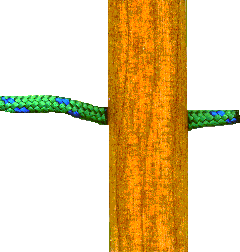
The Fisherman's Knot
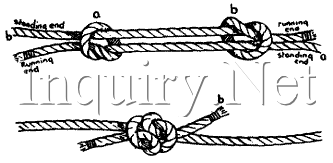
The Fisherman's knot is used by fishermen to join strands of fishing line.it is used to tie two ends of the slippery
rope It is one of the best knots for tying fine lines together, especially plastic or nylon.
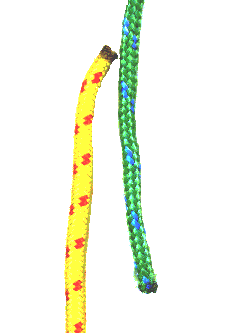
SHEET BEND

It is used two tie two ends of the rope of equal or unequal thickness.
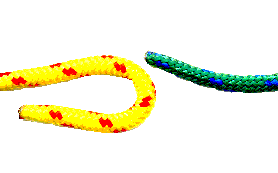
Whipping: Common or Simple
Ropes are made up of a number of strands twisted together. If the cut end is left un-whipped, the rope will fray
or untwist, and loose strength. Being thrifty, Scouts, 'Whip' or bind the ends of ropes, this prevents fraying and prolongs
the life of the rope.
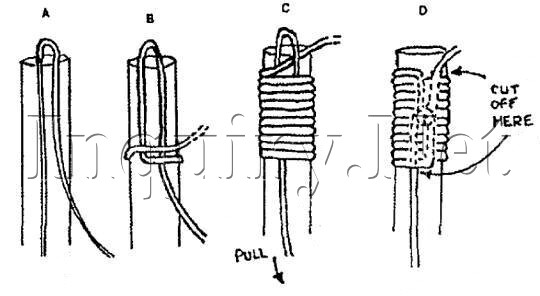
Lay whipping twine on rope to form a loop (Diagram A). Bind twine around to trap loop (Diagram B). Continue with neat,
tight bindings until the length of whipping is equal (about) 3 times the diameter of the rope (Diagram C). Working end of
twine should then pass through the end of loop (C). Pull hard on the other end of the twine so that the working end is
drawn and trapped under the binding, (Diagram D). Cut off loose ends, roll whipping under foot.
You should have a tight, neat whipping that will stop the end of the rope fraying.
|

